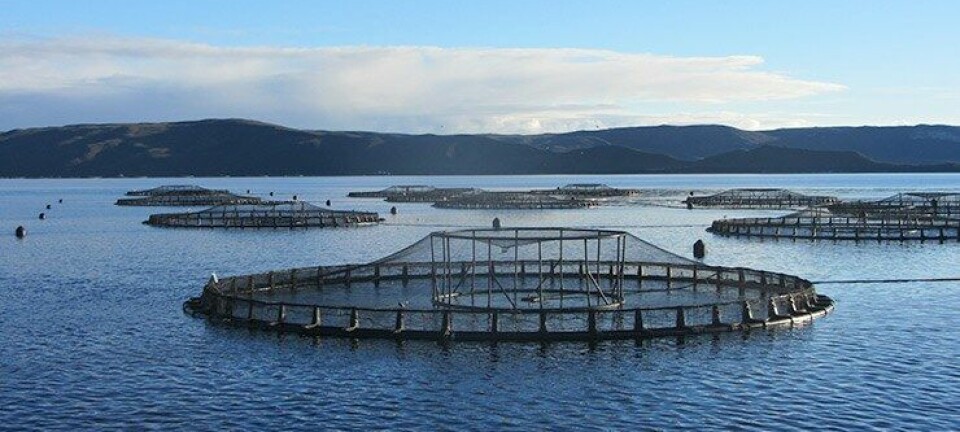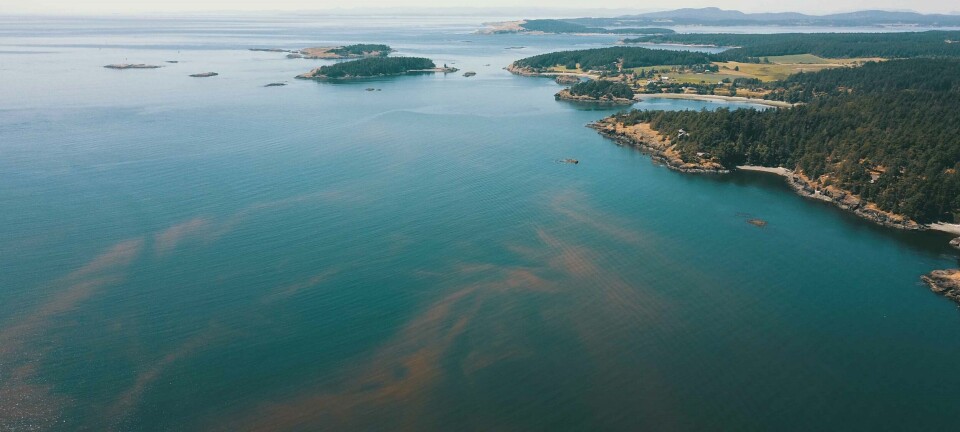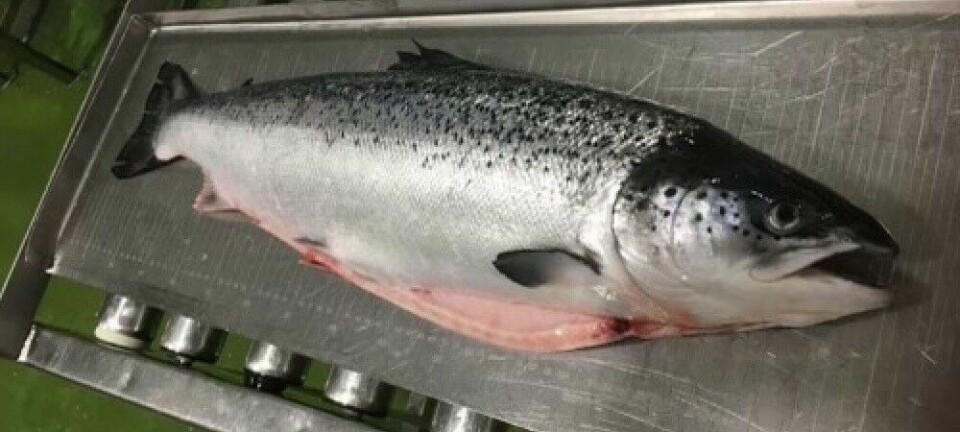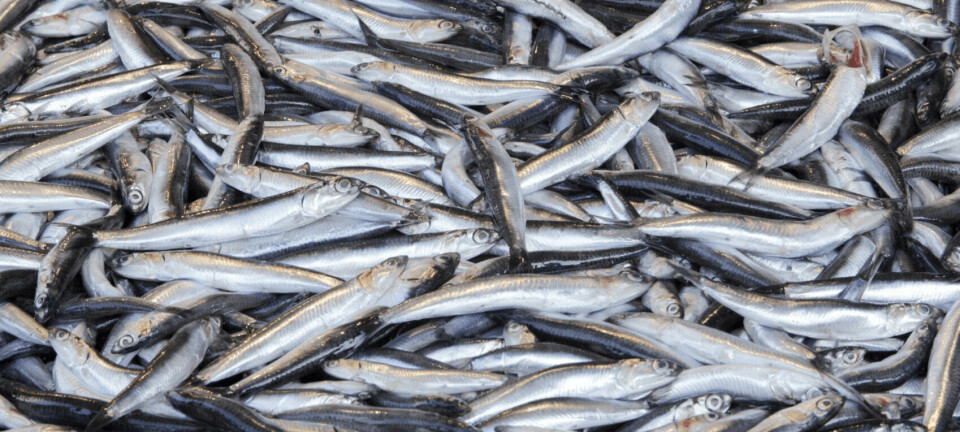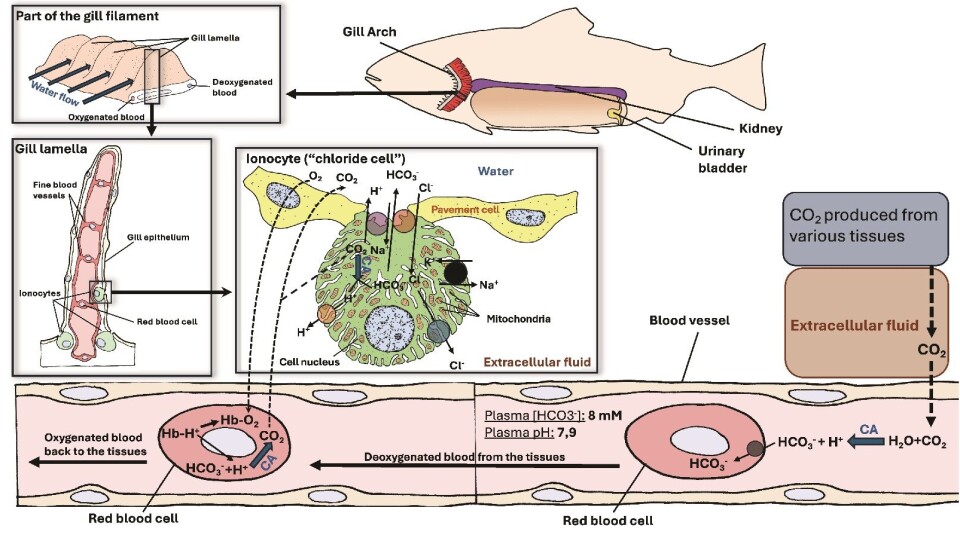
This is how CO2 changes can lead to kidney stones - and how they can be prevented
Kidney stones - also called nephrocalcinosis - are a growing problem. What can cause this disorder and how can it be prevented in the short and long term? These questions are discussed in an article in the current edition of Fish Farming Expert magazine.
Maintaining normal pH levels in body fluids (acid-base balance) is essential for all animals and represents one of the most basic and regulated physiological processes in vertebrates. Fish have evolved a flexible system to regulate pH, where they use hydrogen, ammonium, hydroxide, bicarbonate, ammonia, phosphate and carbon dioxide to adapt to various changes in the environment.
“Despite the fact that the gills are the main organ for pH regulation, the kidney plays a very important, often overlooked role in acid-base regulation, it is pointed out in a larger article in Fish Farming Expert magazine.
In the article, researchers Marius Takvam, Harald Kryvi and Tom Ole Nilsen at the University of Bergen, and Chris Wood and Colin Brauner at the University of British Columbia in Canada, explain about the function and role of the kidney in acid-base regulation and how it complements the role of the gills during changes of carbon dioxide and oxygen concentration in the water.

The researchers explain both the function of the gills and kidneys under normal conditions and in respiratory acidosis, and they go into the role of the kidneys during rapid changes from high to low CO2, as well as explaining why this creates unfavourable physiological changes locally in the kidneys that increase the pH in the urine and thus provides good conditions for the precipitation of various types of kidney stones.
“We want to put this in a industry relevant context, where we point to various risk factors in intensive hatchery production and how such risk factors can be linked to the growing problem of kidney stones (nephrocalcinosis) from the latest fish health reports,” they say.
According to the authors, increased understanding of the kidney’s role in acid-base regulation in farmed fish provides opportunities to make important adjustments in production, among other things related to CO₂ and O₂ changes. In this way, the industry can better meet the fish’s physiological needs and thus reduce the prevalence of nephrocalcinosis. Therefore, both immediate measures and longer-term measures that are believed to prevent and reduce the occurrence of kidney stones are discussed.
Download the article from Fish Farming Expert as a PDF here.


